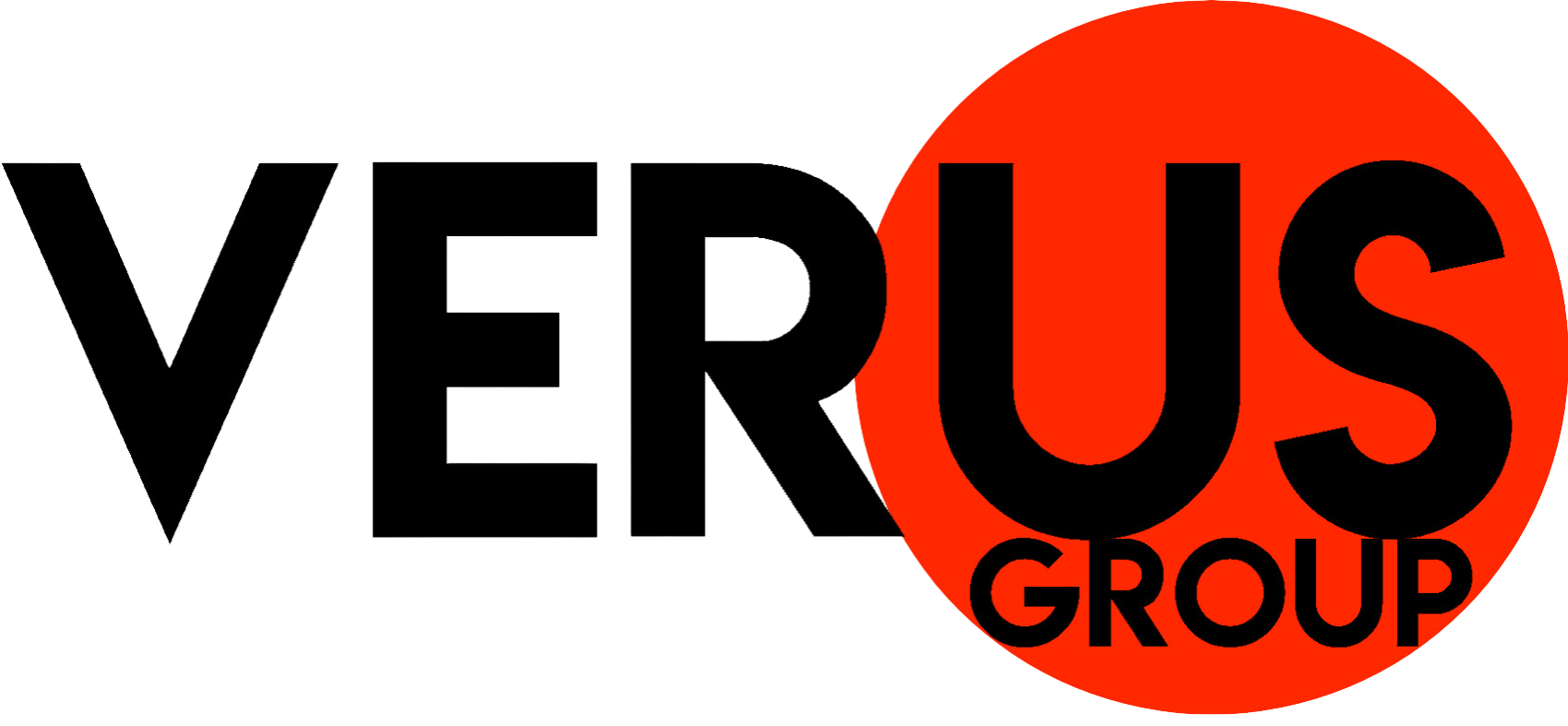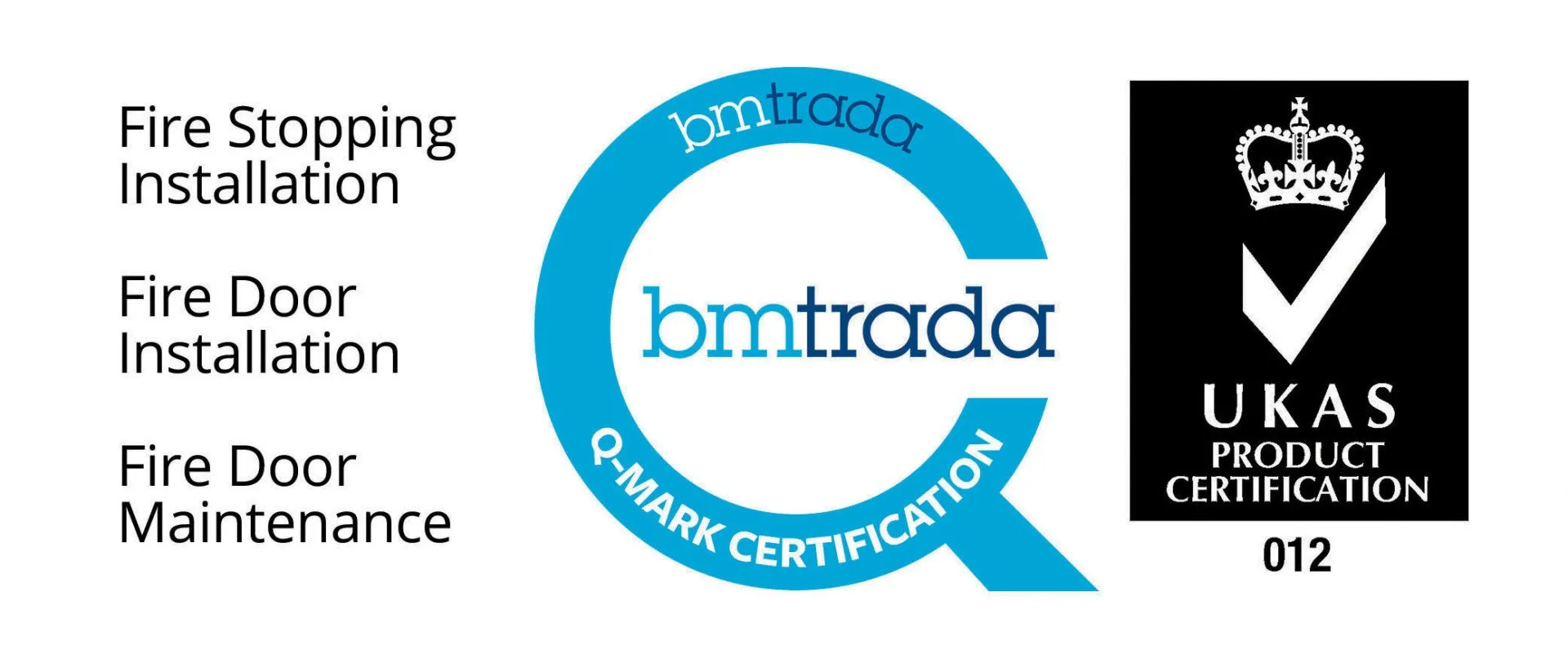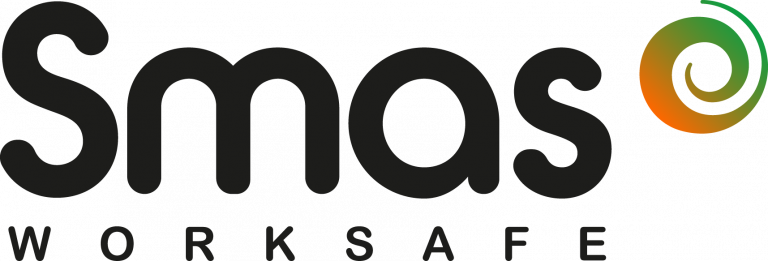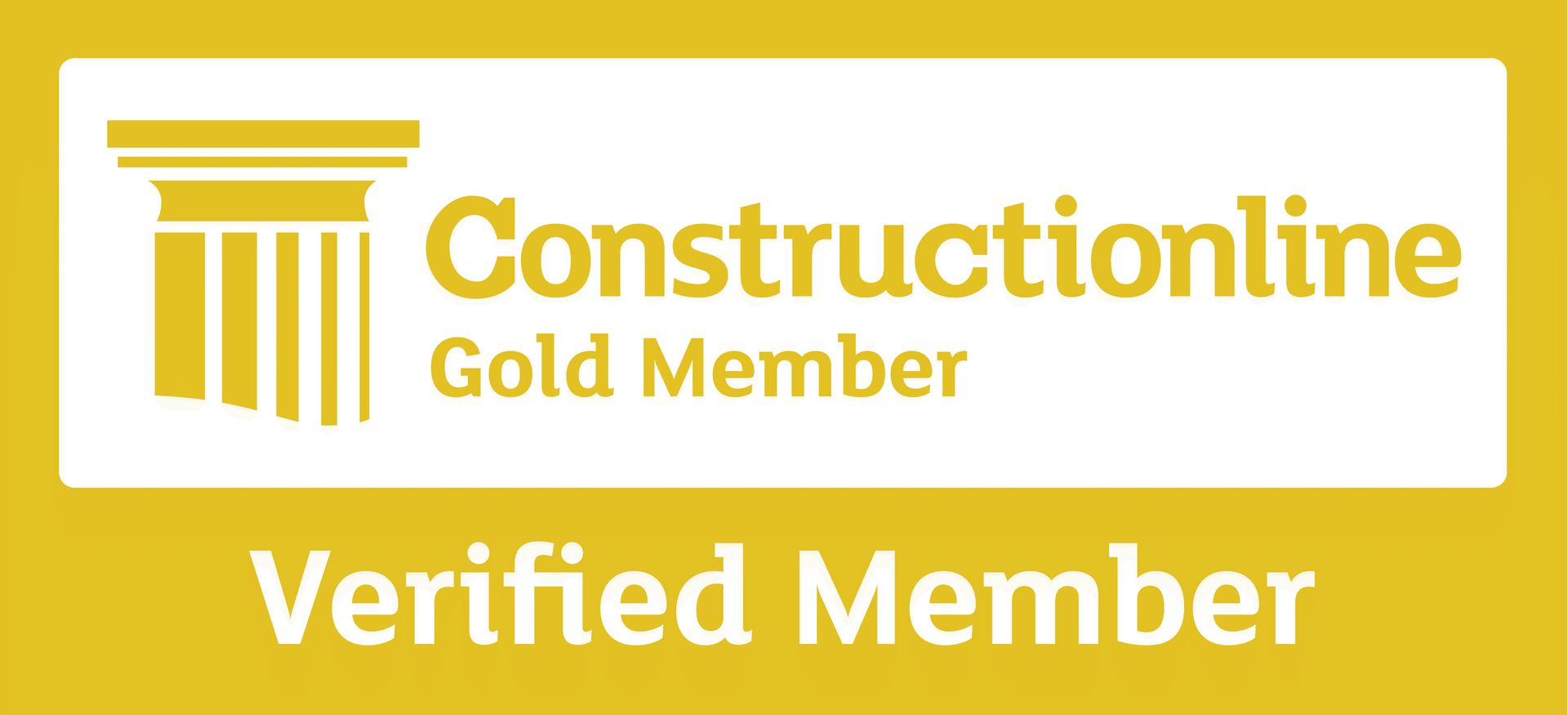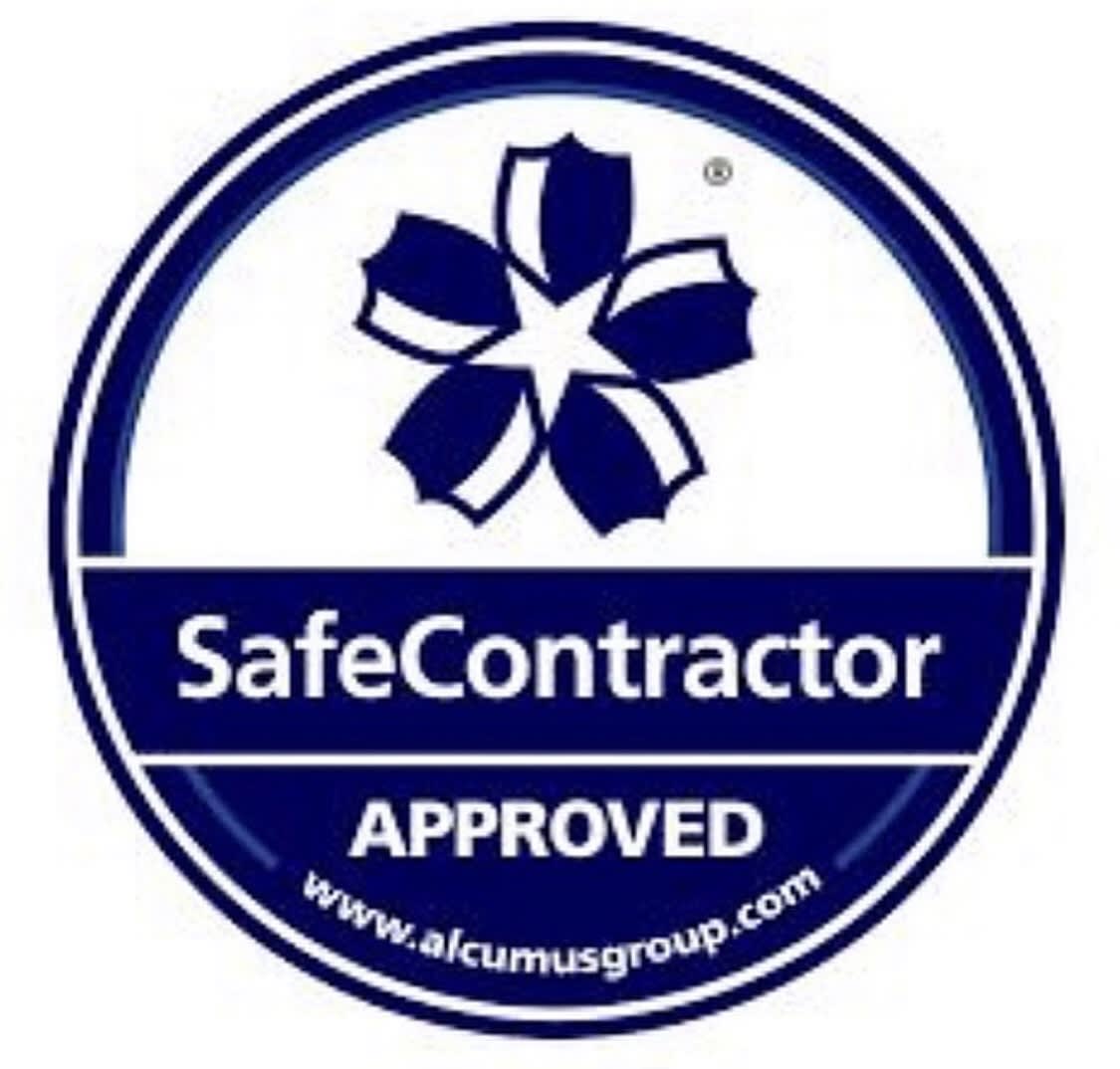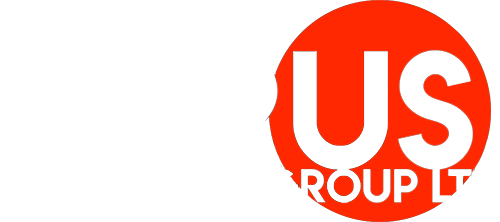What is Dry lining?
Dry lining is a critical component of any modern construction or renovation project. It involves the installation of plasterboard or other wall-lining materials to create smooth, even surfaces within buildings. Not only does dry lining enhance aesthetics, but it also plays a significant role in improving insulation, soundproofing, and fire resistance.
Dry lining is a technique with many advantages: It is faster and more cost-effective than traditional plastering methods. In addition, it is resistant to condensation, and there is less risk of cracking, allowing for a superior base for interior design. Dry lining also permits the prompt decoration of walls, which can be carried out immediately after the dry lining and tape & joint procedures have been finalised.
There are several methods used for effective and attractive dry lining. This ranges from 'dot and dab' - using adhesive material to stick plasterboard boards directly to a masonry wall, or the traditional drywall approach of screwing the plasterboard to a steel/timber frame.
Our skilled dry-liners have a wealth of experience in trade. Expertly taking into account various requirements such as fire resistance & protection, sound insulation, thermal insulation, and moisture resistance, they will bring your project and design ideas to life.
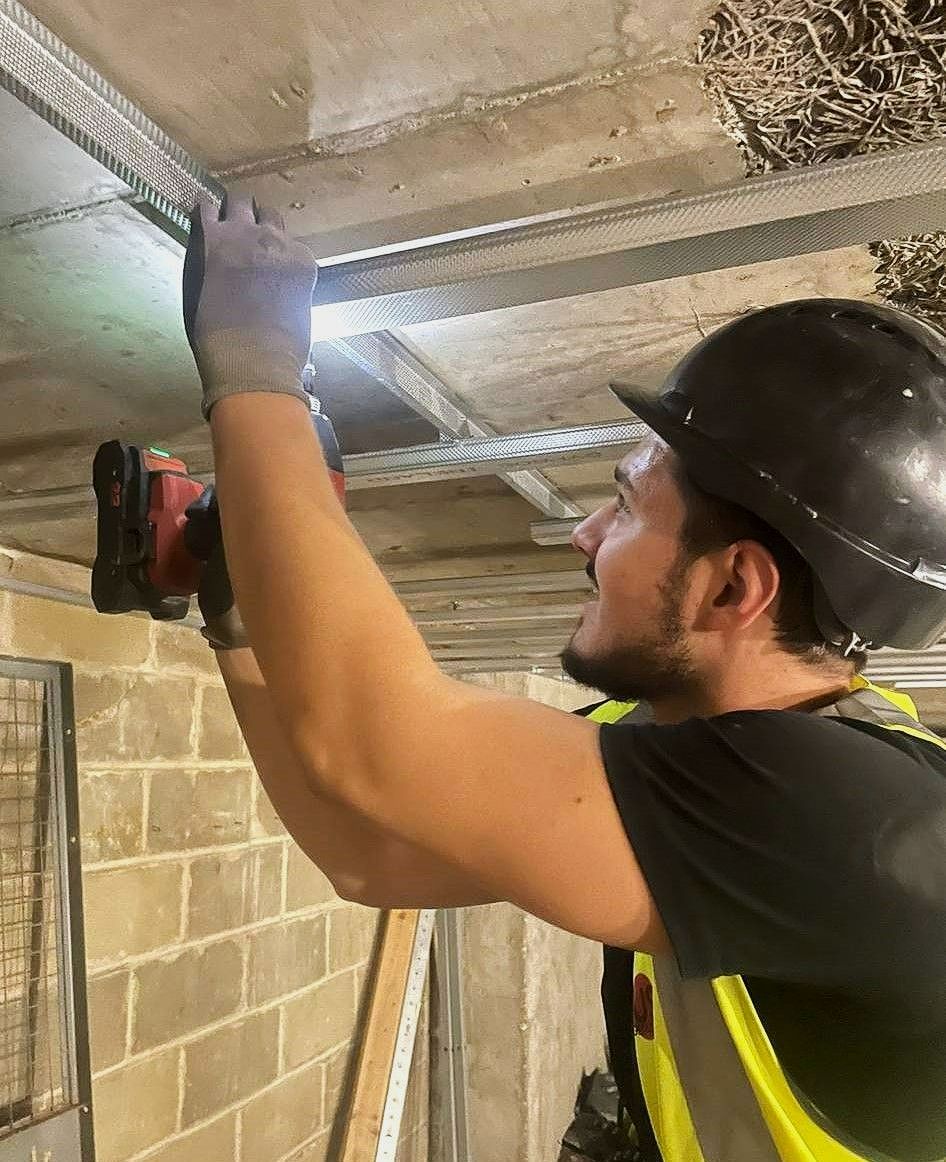
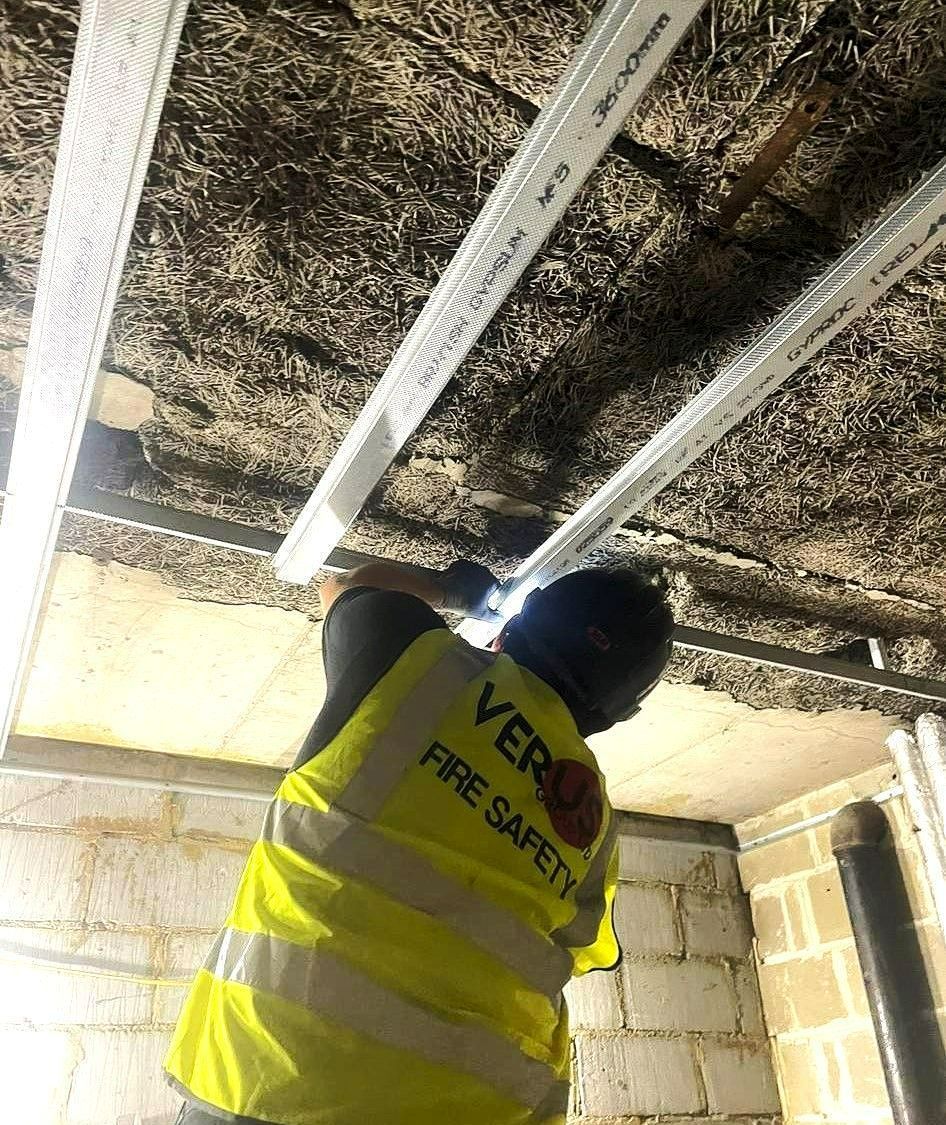
An overview of Dry lining steps:
1. Framework: A wooden or metal framework, often made of studs or joists, is installed to create the structural support for the walls or ceilings.
2. Insulation (optional): Insulation material may be added between the framework to improve energy efficiency and sound insulation.
3. Drywall Installation: Sheets of drywall or plasterboard are then attached to the framework using screws or nails. The sheets are usually available in standard sizes, such as 4x8 feet, and can be cut to fit as needed.
4. Taping and Jointing: After the drywall sheets are installed, the seams and screw/nail holes are filled with joint compound and covered with paper or fiberglass tape. This process is known as taping and jointing.
5. Sanding and Finishing: Once the joint compound has dried, it is sanded down to create a smooth, even surface. Multiple layers of joint compound may be applied and sanded to achieve a seamless finish.
6.
Priming and Painting: After the drywall is sanded and smooth, it is primed and painted to create the final appearance of the wall or ceiling.
